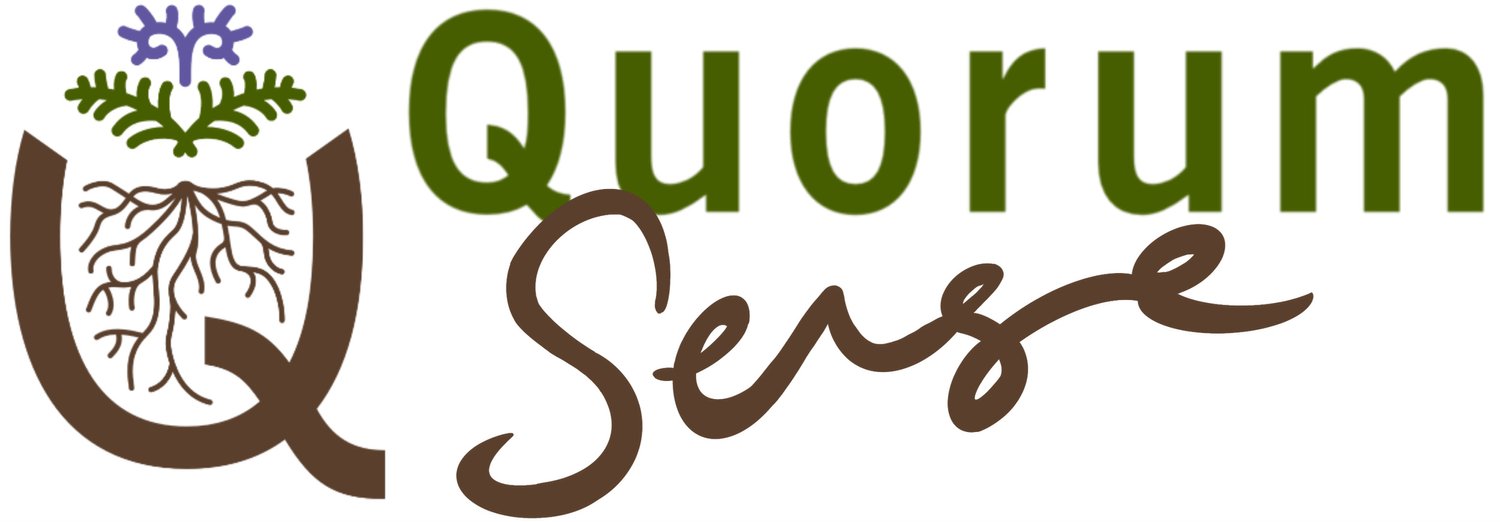Minimising disturbance under-vine
Viticulturalists have two main goals when managing the area directly under the vines: firstly to prevent/minimise competition with the vines for nutrients and water, and secondly to prevent plants growing up near the grape bunches and increasing disease pressure.
Video description: The Holdaways are focused on reducing herbicide use and tractor passes whilst still minimising competition for the vines.
Video description: Greystone Wines now use under-vine cultivation only as a tool to transition from a conventional to regenerative organic system.
More on minimising disturbance under-vine
In conventional systems, under vine vegetation is usually controlled with regular herbicide applications. In organic systems it is usually managed with under vine cultivation. Both approaches have their downsides and may not be in growers toolboxes forever.
This case study features the innovative approaches being taken by Greystone Wines and the Holdaways to find alternative solutions to under vine management that help to increase soil health while also supporting healthy vines, yield and quality.
(click on images to view full size with captions)
Holdaway vineyard: Monitoring soil microbe communities
The Holdaways goals for under vine management across the majority of their vineyards are to minimise herbicide use and tractor passes while also minimising competition with the high producing vines.
Herbicide use is complemented with side-throw mulching cover crops onto the under vine areas during the growing season to suppress growth, and grazing with sheep in autumn/winter.
The team have a trial running with support from the Bragato Research Institute (BRI) testing four different under vine management methods. The BRI is monitoring the impacts are on soil microbe communities and working with the Holdaways to measure grape yield and quality from the different treatments. Trial results so far can be found below.
Microbial and yield responses to under vine treatments:
The Bragato Research Institute (BRI) has teamed up with the Holdaways and Manaaki Whenua Landcare Research to look at the impacts of different under vine management methods on soil health (microbial biomass) and yield.
The trial, now into its second year, has the following treatments:
Control (under vine weed whacker)
Herbicide
Buffered Herbicide (with fulvic acid, fish hydrolysate & EM)
Mechanical weeding (cultivation)
Results from the first year have shown:
That seasonal variability has a greater effect on microbial biomass than any treatment effect.
Buffering the herbicide had positive effects on bacteria biomass but not arbuscular mycorrhizal fungi (AMF).
Both herbicides and the cultivation treatment negatively impacted AMF more than the control.
The control plot had ~20% lower yield than any of the treatments, in addition to a poor season which impacted all treatments.
Greystone Wines: Cultivation as a transitional tool
Greystone Wines now see the use of under vine cultivation as a transitional tool on their journey from a conventional system to regenerative organic. Cultivation was creating erosion risks and increased the prevalence of deep rooted woody weed such as mellow which were difficult to manage.
The team have taken the perhaps radical step of stopping cultivation and allowing perennial grasses, legumes and herbs to establish. These perennial plants are now managed with a strimmer/weed whacker during the growing season and grazed by sheep during the autumn and winter.
The increased competition will be challenging the vines to deepen their roots systems and work a bit harder for their nutrients. The team are hoping that the broad range of soil health practices they are employing will increase nutrient availability so that the vines will eventually perform as well or better than before, while also becoming more resilient.
“So if we're going to increase competition in the under-vine – in that top 150 millimeters where we've got full grass cover now – we needed our vines to be going down deeper and getting water and nutrient from deeper down the soil profile.”
“…so we've gone to more of a mowing system where we cut down and knock down our weeds with a strimmer under vine. And this is obviously going to introduce a bit more competition back into the system by not cultivating. So we have to manage that competition by building up the resilience and the vines….”
Mike Saunders, Greystone Wines
Related content on: soil health
Disclaimer: The information, opinions and ideas presented in this content is for information purposes only and does not constitute professional advice. Any reliance on the content provided is done at your own risk. (click here to view full disclaimer).


















